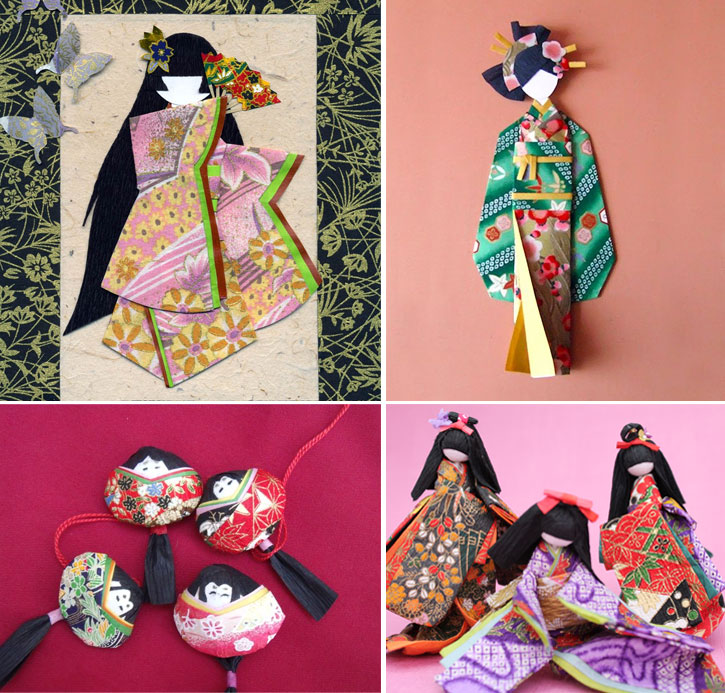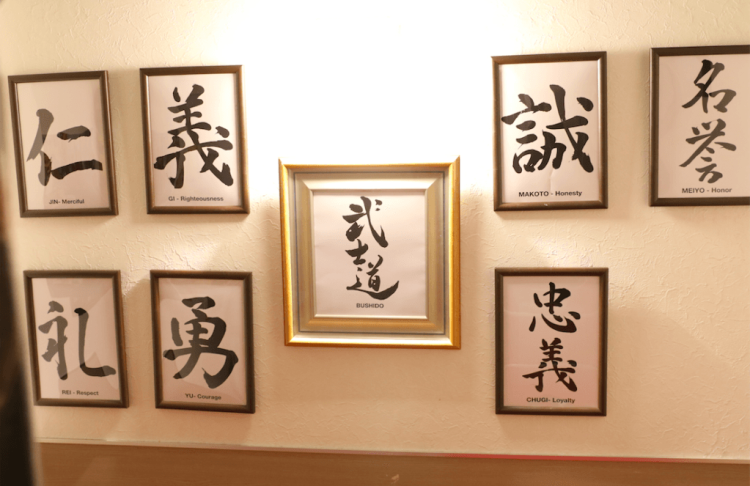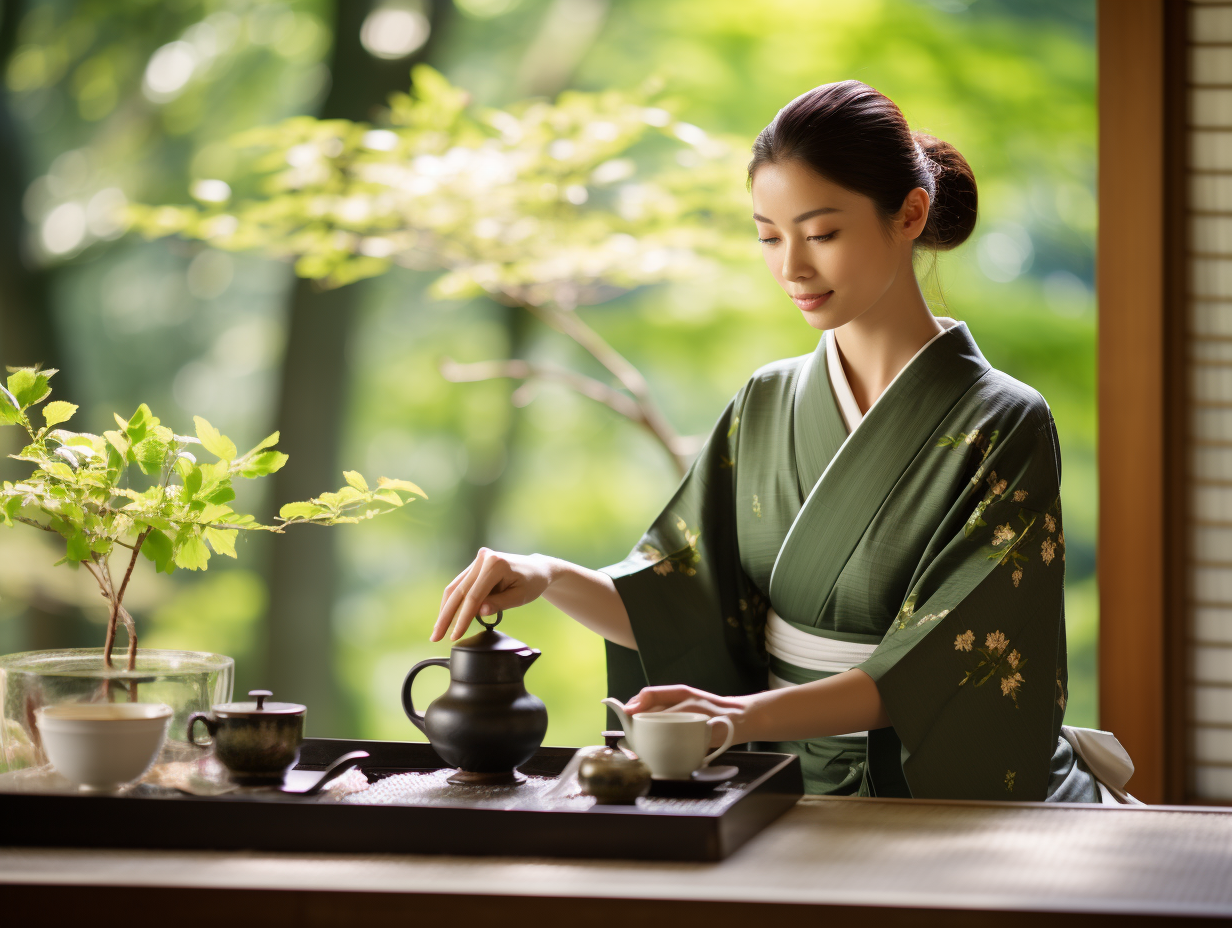Embark on a contemplative journey through the enchanting world of Wabi-Sabi, a philosophy that celebrates the beauty found in imperfection, simplicity, and the passage of time. In this blog post, we explore the profound cultural concept of Wabi-Sabi, revealing how it has shaped Japanese art, design, and the way of life.
1. Understanding Wabi-Sabi: Introduce readers to the essence of Wabi-Sabi, breaking down its core principles of imperfection, impermanence, and the appreciation of the natural world. Explore how Wabi-Sabi contrasts with Western ideals of perfection and highlights the beauty inherent in transience.
2. Origins and Evolution: Delve into the historical origins of Wabi-Sabi, tracing its roots to the tea ceremony practices of the 15th century. Discuss how this concept evolved over time, influencing various art forms, including pottery, literature, and garden design.
3. Wabi-Sabi in Art and Design: Explore the manifestation of Wabi-Sabi in Japanese art and design. Discuss the aesthetics of imperfection in pottery, calligraphy, and traditional paintings, showcasing how artists intentionally incorporate irregularities and asymmetry.
4. Tea Ceremony and Wabi-Sabi: Uncover the deep connection between Wabi-Sabi and the Japanese tea ceremony (Chanoyu). Discuss how the principles of simplicity, humility, and appreciation for the imperfect beauty of tea utensils are central to the Wabi-Sabi philosophy.
5. Imperfect Beauty in Nature: Examine how Wabi-Sabi extends to the appreciation of nature. Explore the Japanese garden aesthetic, where carefully curated landscapes evoke a sense of rustic simplicity and capture the fleeting beauty of the changing seasons.
6. Wabi-Sabi in Everyday Life: Discuss the integration of Wabi-Sabi into daily life, from minimalist home decor to the art of arranging simple, seasonal flowers. Highlight how embracing imperfection can bring a sense of tranquility and mindfulness to everyday experiences.
7. Contemporary Wabi-Sabi: Explore how Wabi-Sabi continues to influence modern design, architecture, and art. Discuss its presence in contemporary Japanese aesthetics and its growing popularity as a global design philosophy.
8. Embracing Transience: Reflect on the concept of transience and the impermanence of all things in the context of Wabi-Sabi. Discuss how the philosophy encourages a mindful approach to life, urging individuals to find beauty in the fleeting moments.




